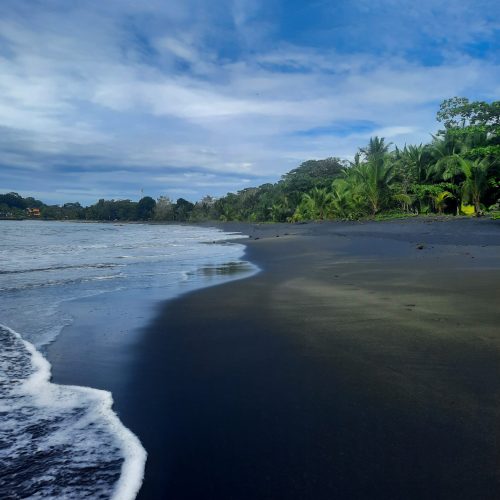Peru
TRAVEL DATE : APRIL / MAY 2022
We spent a month in the land of Alpacas, travelling from Cusco to Lima by bus. It this article, let’s focus on the highlights I recommend you explore but find here a guide on how to get around with public transports.
Weather
We travelled Peru in dry season and only saw rain in Machu Picchu. In altitude, mornings and nights were chill but days were quite warm. Along the pacific coast, the climate was desertic and very hot.

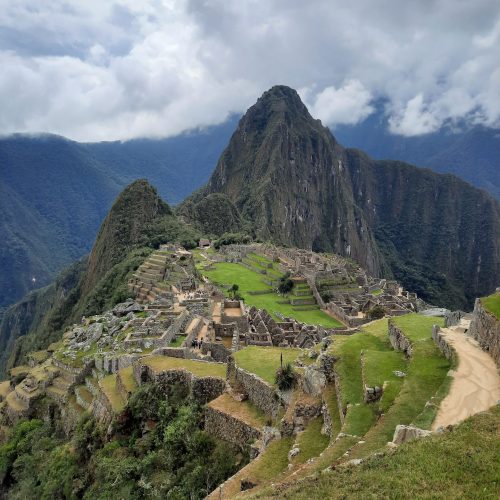
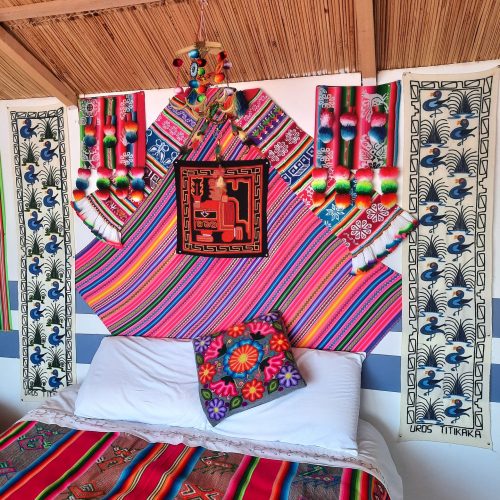
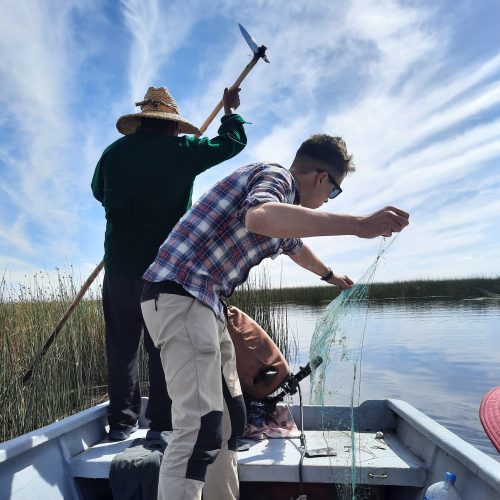
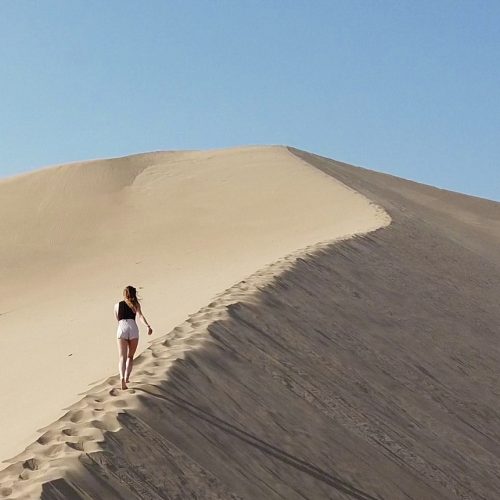
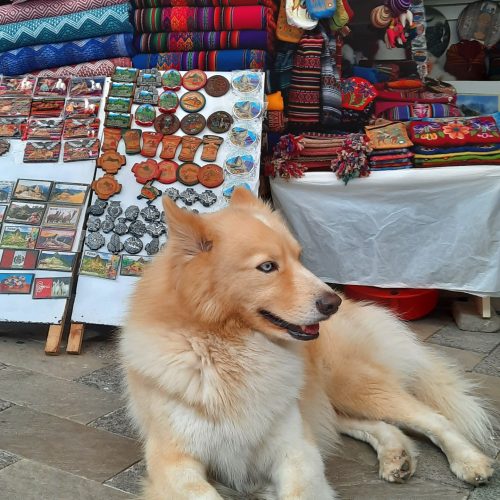
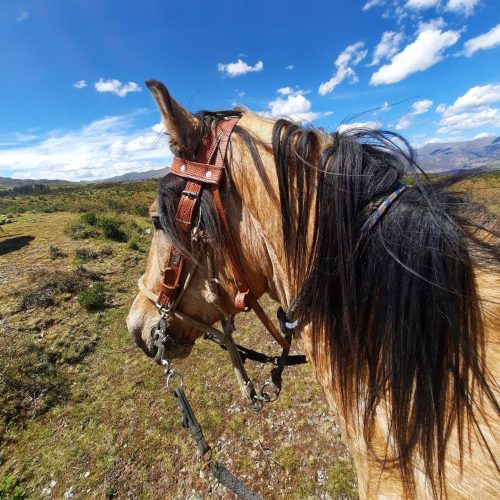

Cusco
Our journey started in Cusco at 3400m high. I was initially worried about being affected by mountain sickness, but everything was more than fine. If you worry too, it can be wise to start your journey from Lima and slowly make your way up to Cusco. I had also bought some Alti Vital food supplement pills (can be found at the airport or in pharmacies) supposed to help with mountain sickness thanks to plants from the Andes (Coca and Muña leaves, Guarana, Ginger and Caffeine). Some people also decide to chew on Coca Leaves, but I wouldn’t say it is the tastiest!
Cusco is a beautiful town to spend a few days, stroll through Plaza de Armas, explore San Pedro’s market, hike up to San Blas, and finish by the ruins of Saqsaywaman and the Cristo Blanco statue for a view over the city.
There is a 10-day pass to visit museums and sights in Cusco and around the Sacred Valley (130 soles / 35 USD) that you can purchase at Boleto Turistico (Av. El Sol 103).
Addresses: we enjoyed food at Jack’s Café, Qura and the food court across the street.
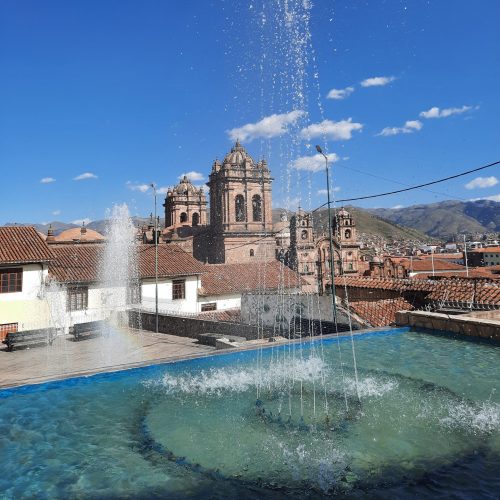
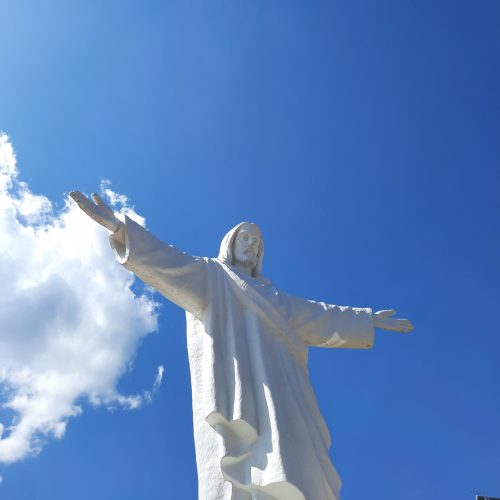


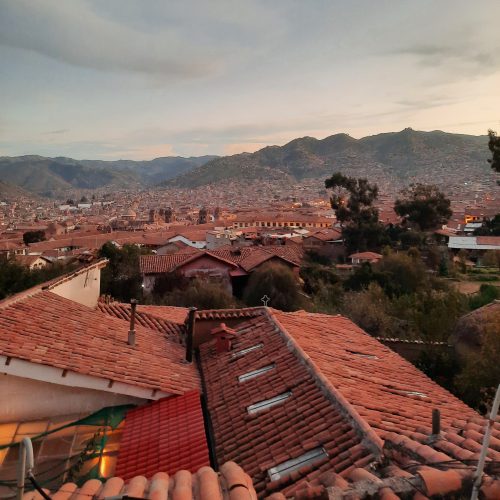
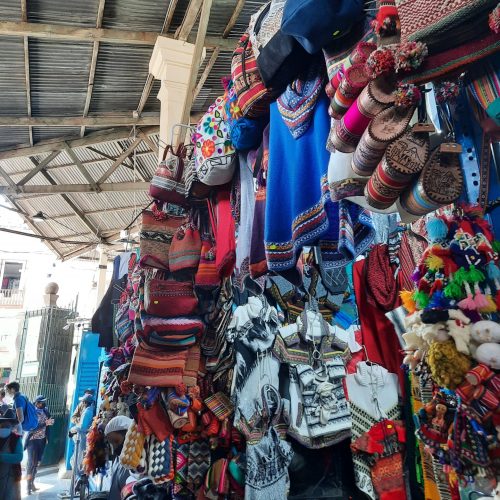
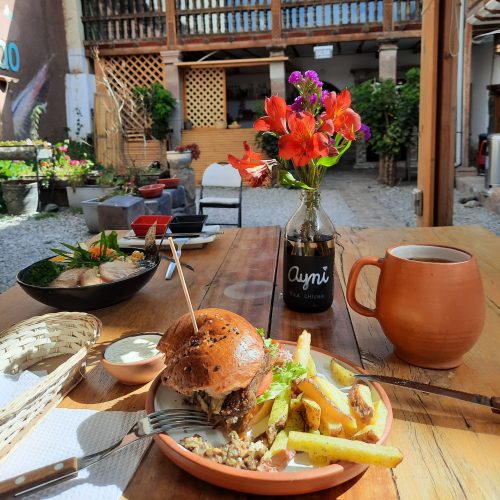
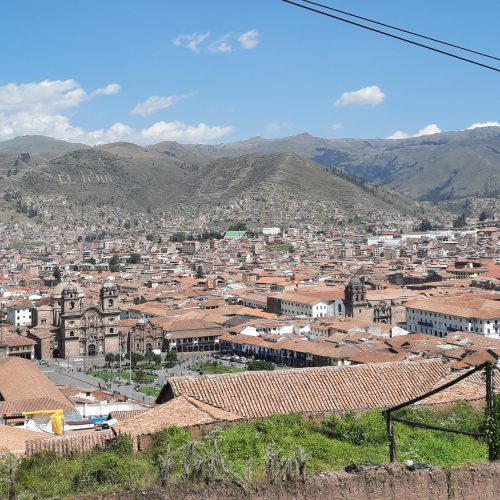
I also went on an amazing horse ride with Horseback Riding Cusco. Their price includes transfer from your accommodation in Cusco to and back from the ranch. On the 3-hour Devil’s balcony ride guided by Holger, we enjoyed beautiful sceneries and were told stories of the Incas. The ride was full of surprises as we hopped off a few times to go explore caves and rivers. These Peruvian horses were incredible with their comfortable four-beat gate, the Paso, as well as relaxed, fun and safe.




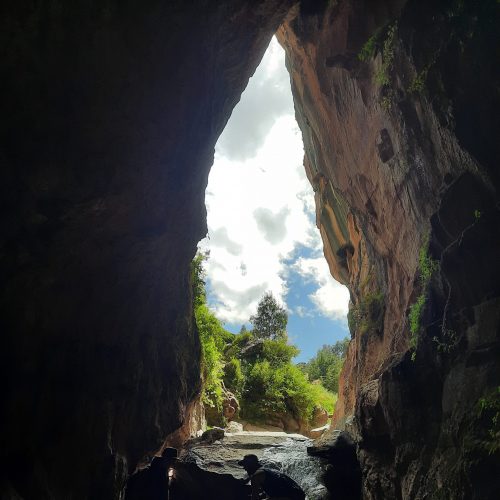


Sacred Valley
We had decided to make our way to Machu Picchu by Colectivos through the Sacred Valley. Unfortunately, my friend ended up sick due to parasites in the water. The occasion for me to remind you to be very careful with the water there: do not drink tap water, even filtered water can sometimes be tricky so if you have a sensitive stomach, only drink bottled water. Avoid juices with filtered water in restaurants, lemonades, and any dish with lettuce that could often be washed with tap water. Always wash your fruits and brush your teeth with bottled water. Anyway, before having to head back to a clinic in Cusco, we still had time to explore Pisac. Have a walk through the street shops and make your way up to Parque Arqueologico de Pisac. The best way is to take a taxi up and walk down. If you decide to hike up, leave early as the park is closing at 4pm.
If you can, continue your journey with Colectivos through Pisac, Urubamba, Ollantaytambo, Santa Teresa, Hidroelectrica to Aguas Calientes (departure for the Machu Picchu) and stop on the way at Maras Salt Marshes and Moray. Find the details on how to make your way to Machu Picchu here.
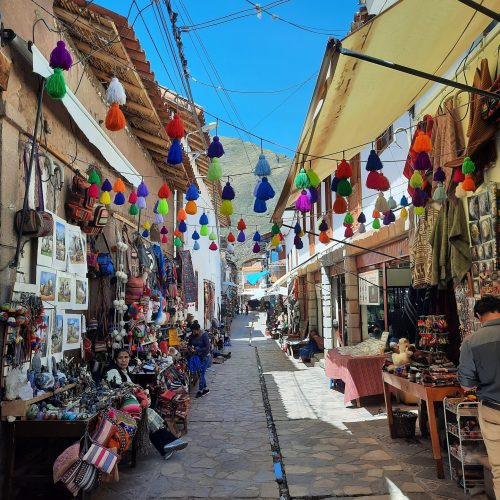
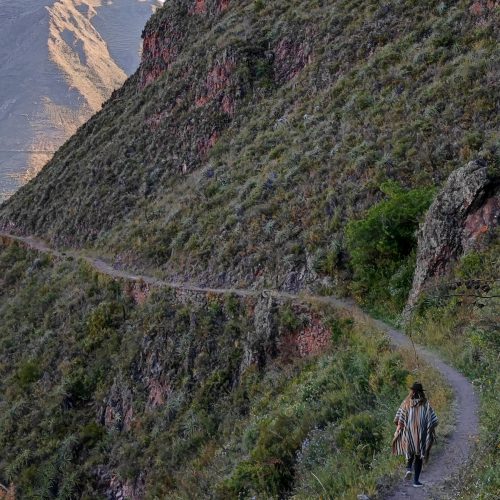

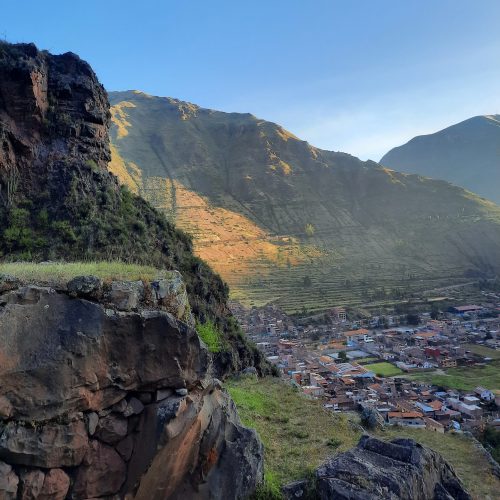
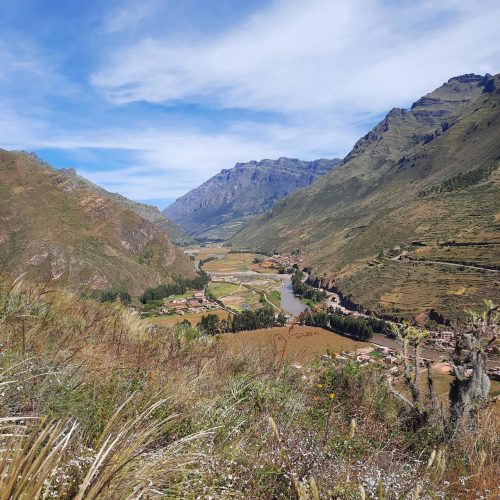

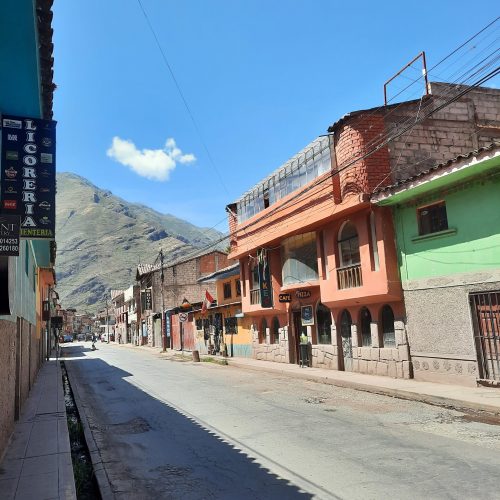
Machu Picchu
There are various routes to explore this Wonder of The World (Machu Picchu City, Huayna Picchu and Machu Picchu Montaña). In any case, don’t forget to buy your entry ticket in advance online or in the official boutique in Cusco. We went for the Machu Picchu Montaña (200 soles/50 USD) starting at 2430m and finishing at 3060m, hiking about 2 hours and steep steps. Do note that the top of this mountain is often covered with clouds in the morning, obstructing the view of Machu Picchu City. So maybe try not to leave too early to avoid waiting at the top or hike to Huayna Picchu which is lower so less cloudy (2690m) but with a more challenging hike up. After your hike, you get to explore a part of the city and visit the famous postal card view (from the Guardian House). Before or after your time up Machu Picchu, make sure to explore the small town of Aguas Calientes.

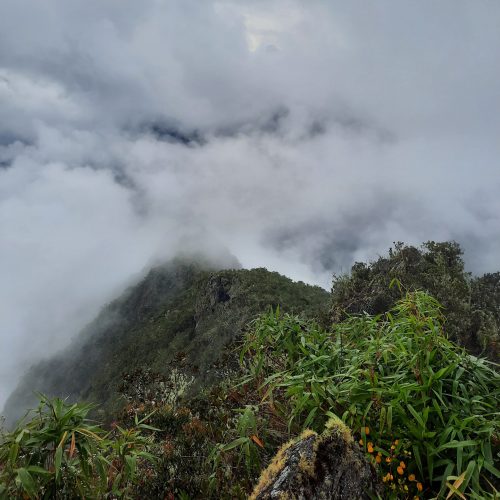
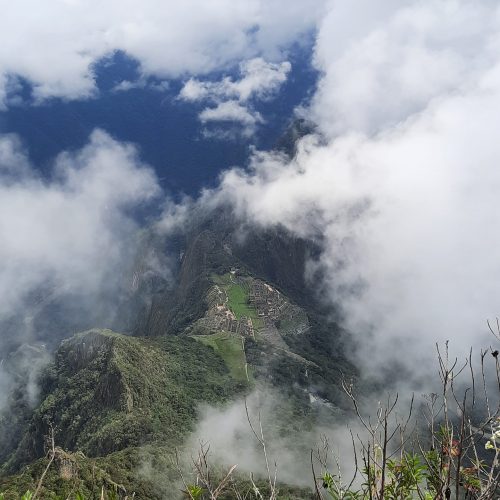

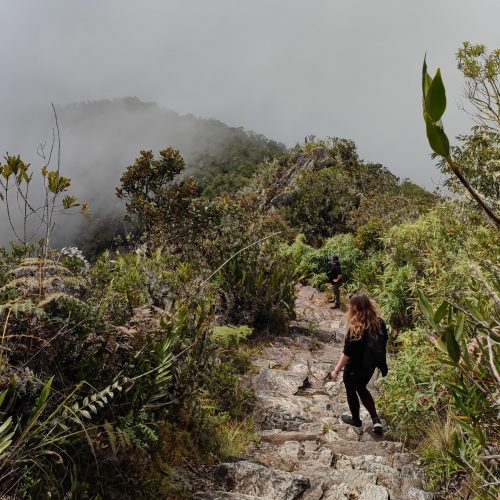
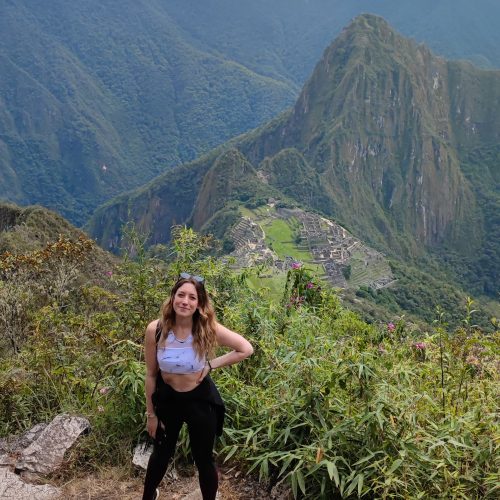
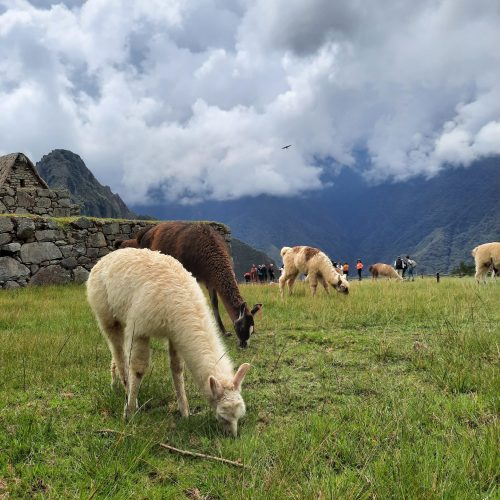
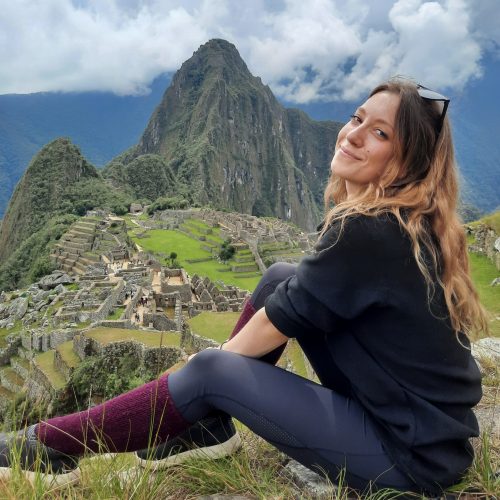

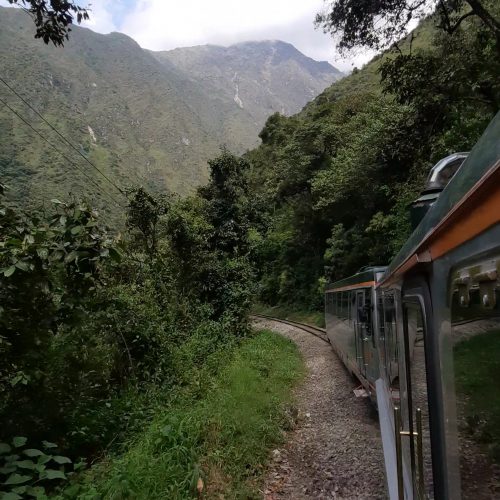
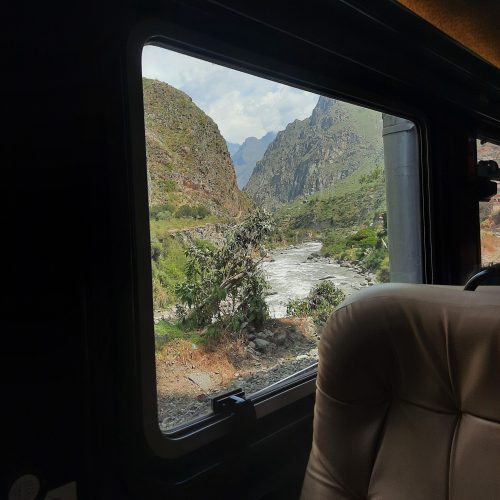

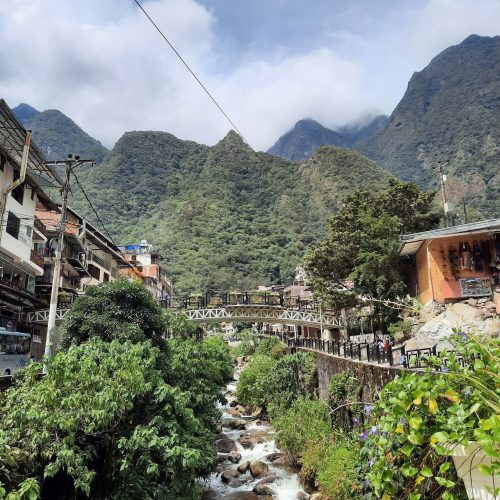
Montañas de Siete Colores
Near Cusco, find the Mountains of seven colours: Vinicunca and Palccoyo. The marbling effect of these mountains is formed by weathering, environmental conditions and sedimentary deposits over time giving them the names of Rainbow Mountains. Roads leading to these mountains are rather challenging, therefore even if you have a car, it is recommended to book a tour departing from Cusco. For around 30 USD per person, you get the transport (5 hours there and back), a guide with oxygen bottles in case of emergency, breakfast and lunch.
If visiting Vinicunca, the most famous of the two, you should also get the opportunity to visit the Red Valley. When we were there, this mountain was closed due to a conflict between two communities. Palccoyo is smaller but still absolutely wonderful, and the hike up is apparently way easier, even if the highest point of the hike is also around 5000m.
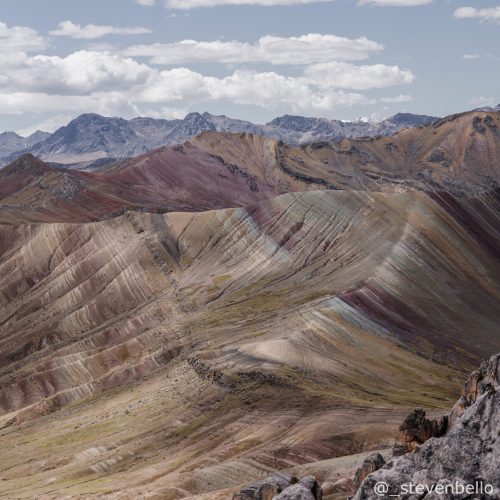
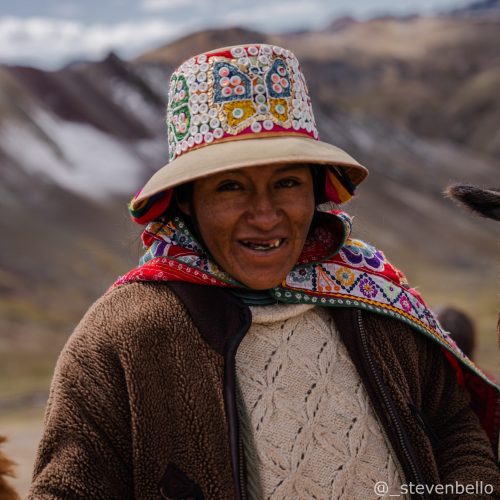

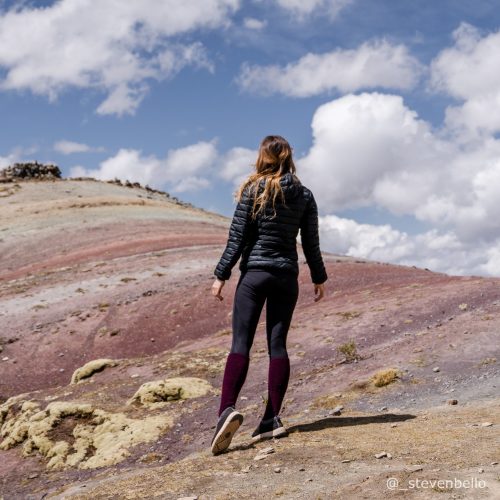
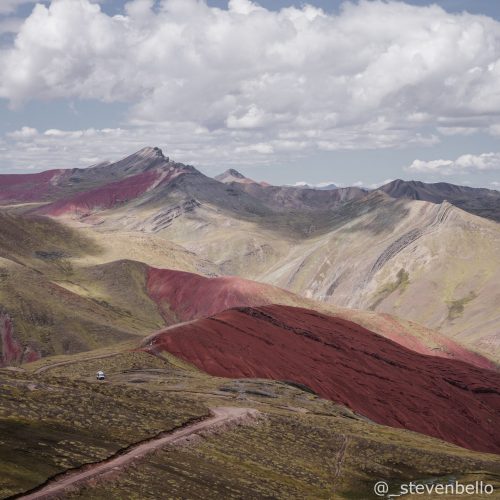
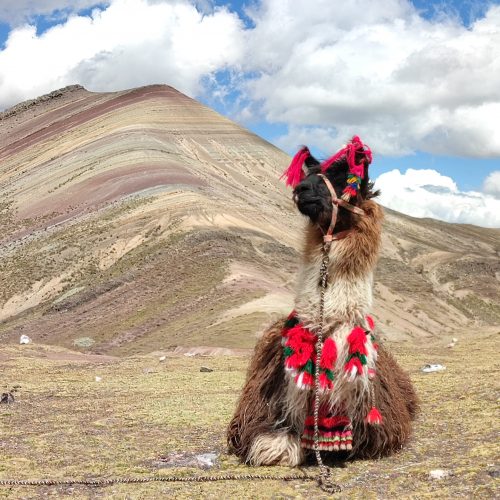

Lake Titikaka
You have various options to explore the lake, we went for a stay on Uros Island we found on Airbnb and it was probably the best decision of the trip! I would recommend you try staying with Luis and his family on their island as actually, you are not just getting a place to stay, but rather a whole experience that you will not forget. Luis came to get us by boat from a small harbour and took us to his floating island. The room was clean, cosy, beautifully decorated and with an amazing view on the lake. Don’t worry, there is also hot shower and ways to charge electronic devices. Luis took us for a tour around the other Uros islands and shared the story of the Titikaka lake in a passionate way. We learnt how the floating islands are built and maintained with reeds, how the fishing and economy is working in the Uros community and how they build these typical boats out of plastic bottles. In the evening, we were served with an exquisite grilled trout. Don’t forget to glaze at the stars before going to bed! After a great night sleep, Luis and Sylvia made a delicious breakfast for us with some pancakes, fruits, Uros bred, eggs… Afterwards they took us fishing and we also learnt how to build small “romantic boats” out of reeds. Note that transfer and dinner come for a small extra cost but all the rest of the activities is a gesture from Luis. Our time on Uros will always stay in our memories and in hearts.

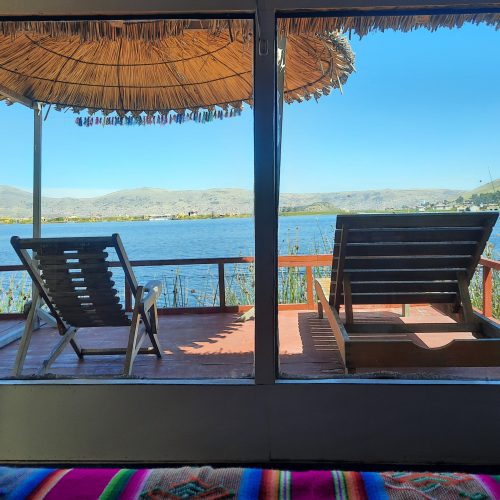


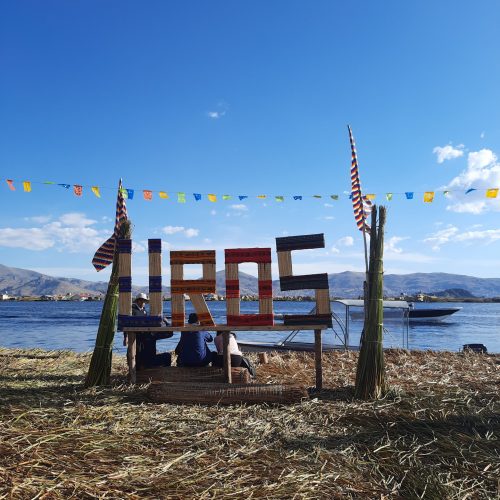
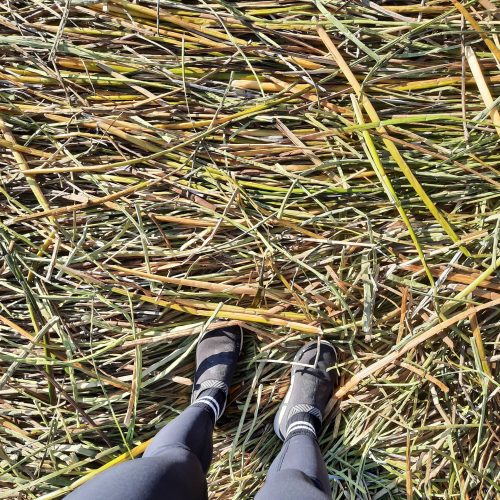

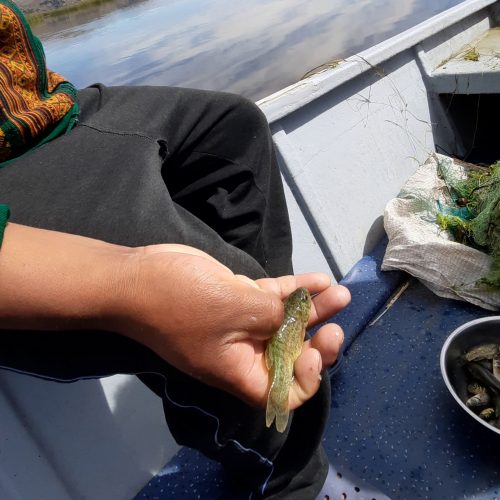
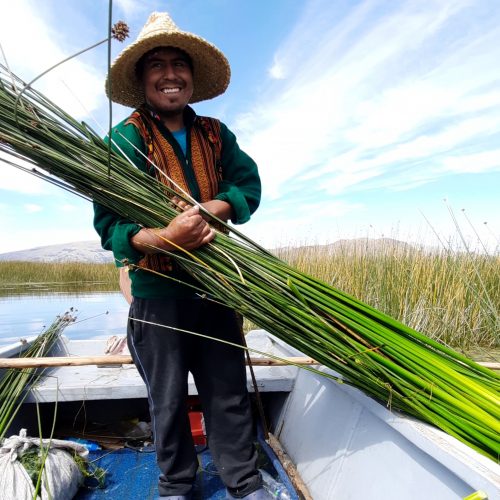
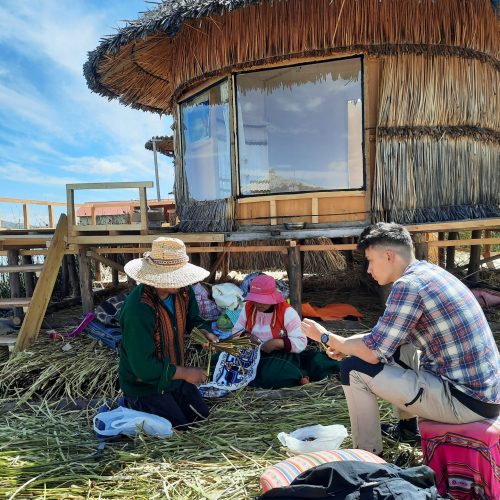
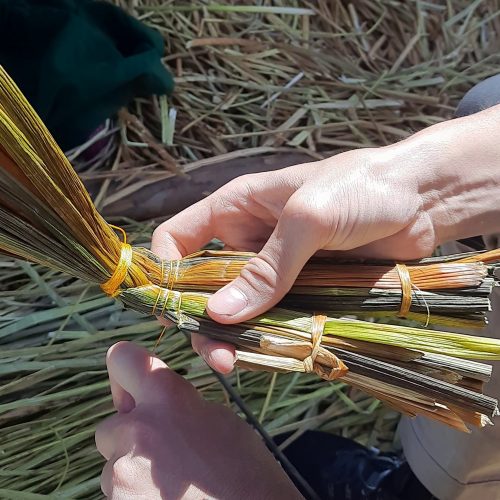

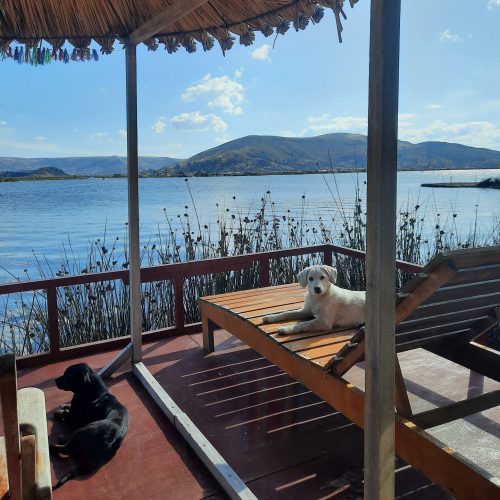
Cañon del Colca
This canyon is one of the deepest canyons of the world. An easy and affordable option is to stay in Arequipa and book a day tour to the Canyon (around 35 USD). We visited El Mirador Del Condor, where you can see dozens of Condors flying above your head, looked over terraces where used to grow crops, had the opportunity to soak in natural hot springs (don’t forget your swimsuits, we didn’t know), spotted some vicuñas, and contemplated volcanoes. The trip was too short for our taste and didn’t include any hiking. Therefore, I would recommend you book a multiday trek through the canyon or stay in the town of Chivay (also accessible by bus) to spend more time on the site.
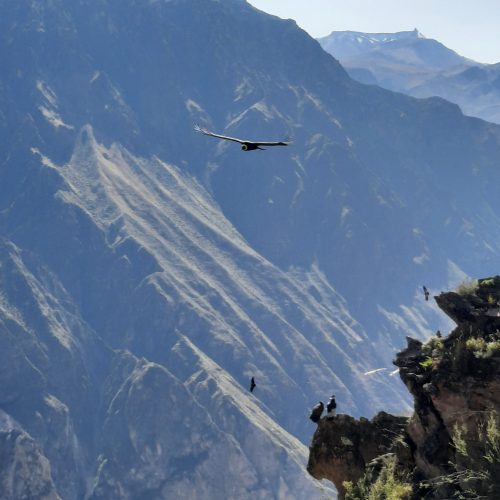
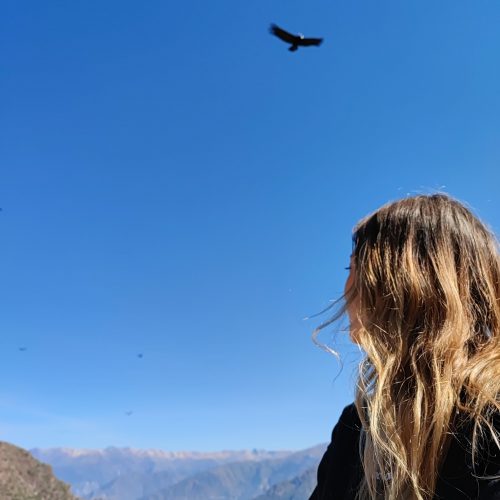



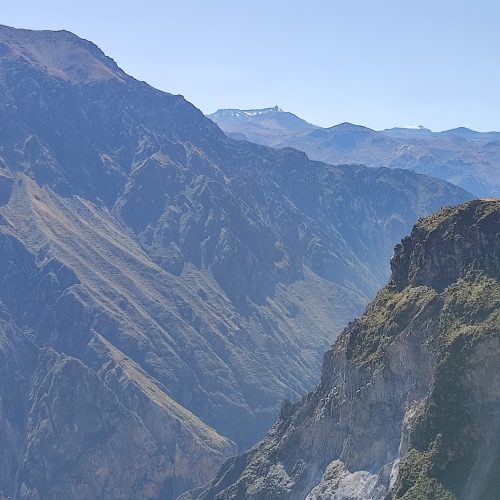

Huacachina
Welcome to the desert. Here you’ll find the famous oasis surrounded by massive dunes. It felt rather peaceful in low season, but in high season it can apparently be quite of a party place. The highlight of this destination is to go on a Buggy and Sandboard ride. I advise you not to book anything ahead and wait to talk to the activity providers, they will all fight to make the best offer. Note that if you are a snowboarder or skier, you can ask for “professional gear” for an extra cost, otherwise the sandboards included in the tour are more like flat pieces of wood to lay or sit on while sliding down the dunes.
Addresses: we enjoyed eating and relaxing at Bananas Adventure Hostel (although it was too expensive to spend the night) and dinner at Wild Olive was nice.

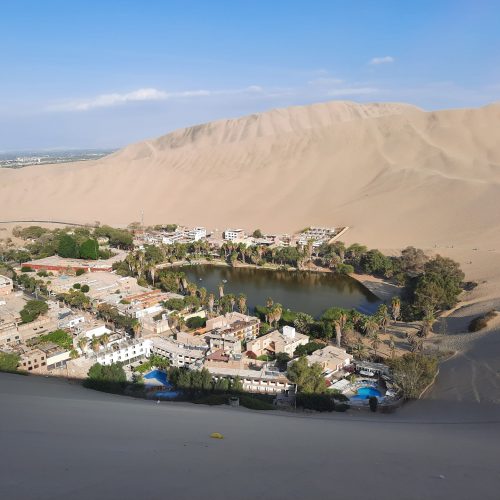
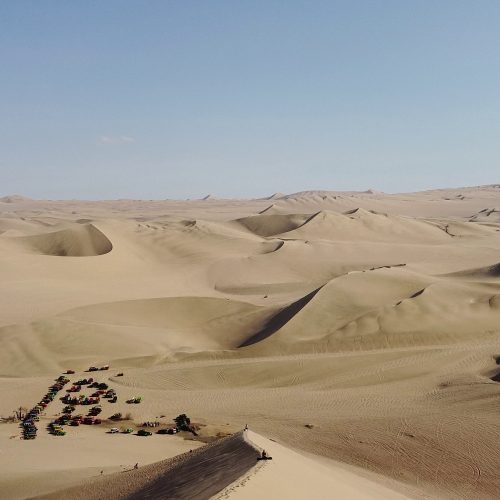
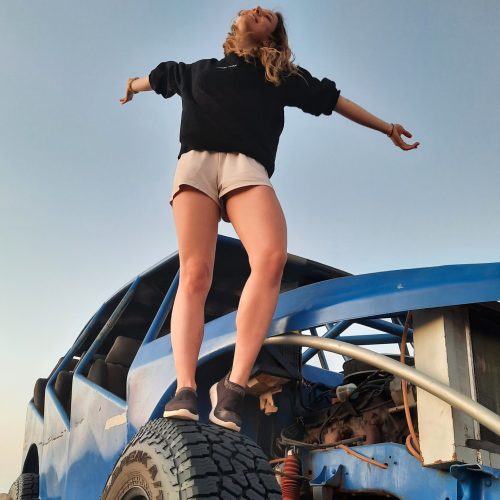

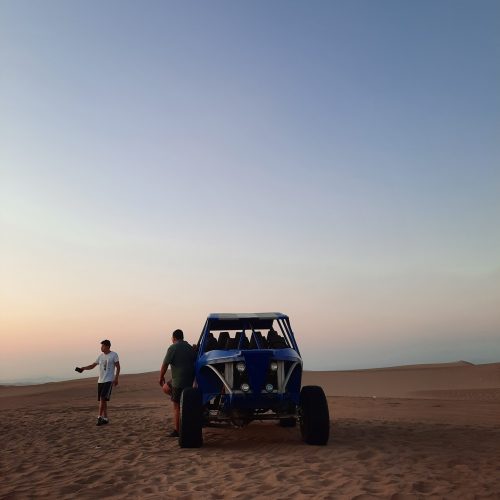

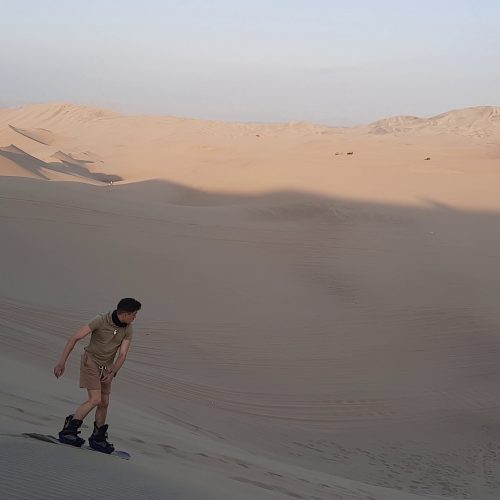

Paracas
More desert awaits. When exiting the bus station, this place almost looks like a ghost town but when you get to the seaside, it looks pretty cute. Flagship activities are exploring Paracas Natural Reserve by bike and taking a tour around the Ballestas Islands by boat. We booked this sea trip and rented bikes from Playa Roja Tours, they were nice, efficient, and we could get a nice offer from them by rocking up at their office. Regarding biking, I recommend grabbing your bikes early morning before it gets too hot (remember to pack a lot of water) and head to the park entry (entrance ticket needed). I would then recommend starting heading towards La Catédral, then Playa Yumaque, Playa Roja and stop for lunch at Lagunillas offering a choice between four restaurants, a look out point and a nice swimming bay with crystal clear water. If you have energy left, you can head to Playa Las Minas (the road there was steep so we didn’t dare). After that, the road back to Paracas felt rather short. Overall, we biked 30km for approximately 6 hours, but with all the breaks to admire the view, it didn’t feel too hard. On the Ballestas Islands boat tour, you can get the chance to see penguins, various birds, sea lions and eventually dolphins. Do note that sometimes, due to the weather conditions, it may not be possible to make it to Las Ballestas…
Addresses: we enjoyed fresh smoothies at Fruzion and tasty pizzas at Misk’i.
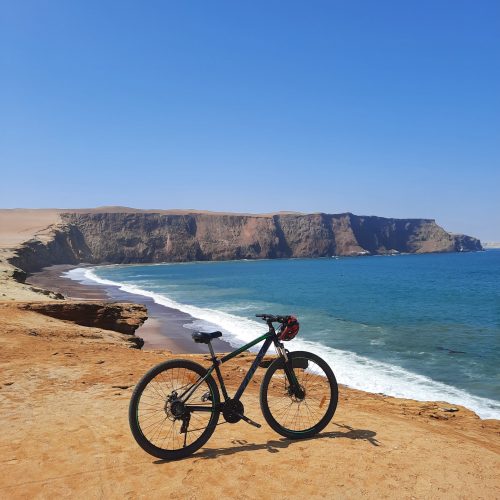
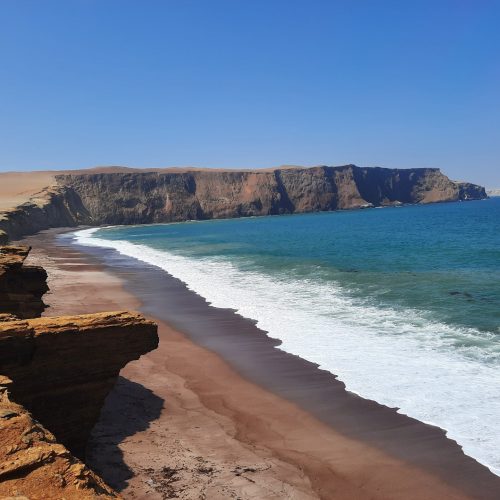
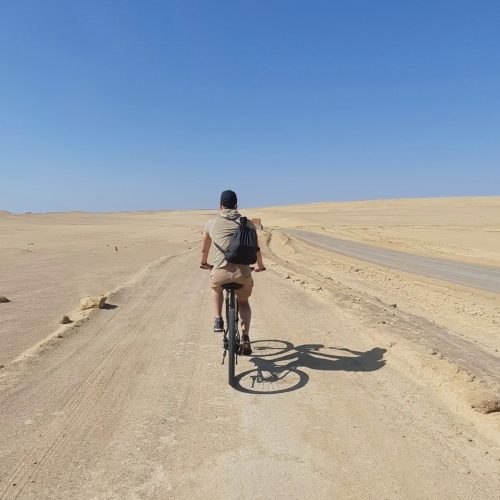



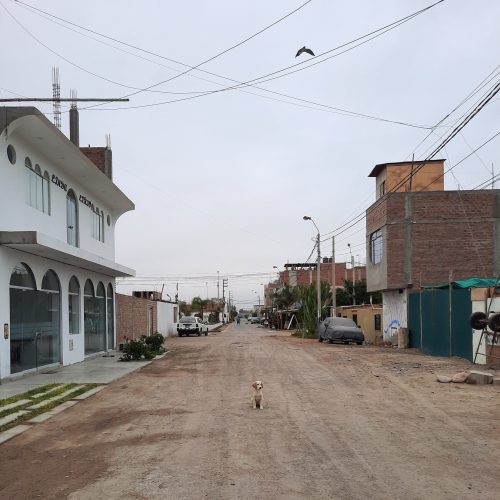
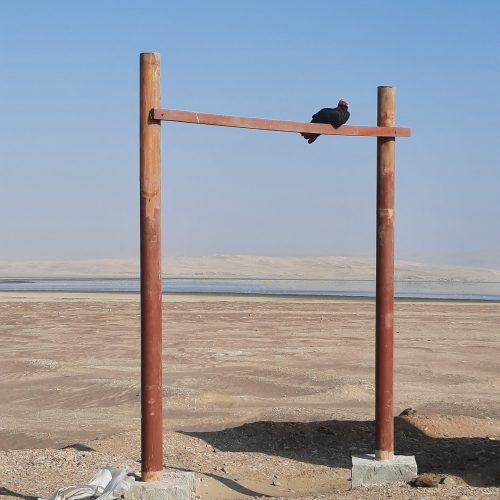
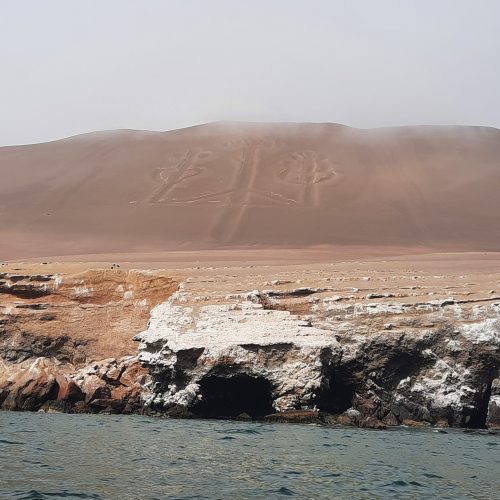
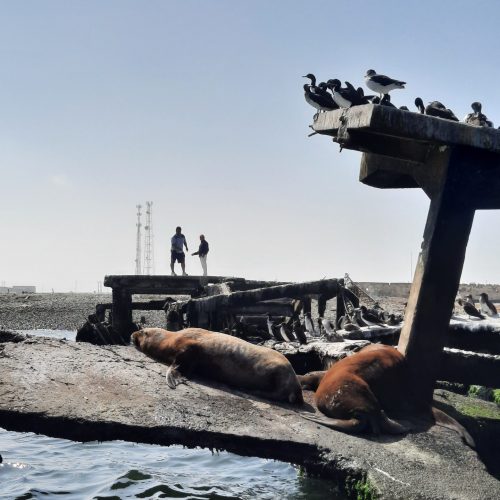
Lima
Back to the capital, there is a lot to keep you busy. You can explore the city center around Plaza de Armas and visit Parque De Las Aguas for a water night show. Spend a day in Miraflores, getting lost in artisanal markets, walking along the ocean from Parque del Amor to Parque Chino, go surfing at Playa Waikiki and watch the sunset from Makaha beach bridge. If you have time, try a cooking or dancing class.
Addresses: you must try street food and drinks in Kennedy Park such as Picarones, Chicha Morada and arroz con leche. We also liked some healthier food at Freshii.
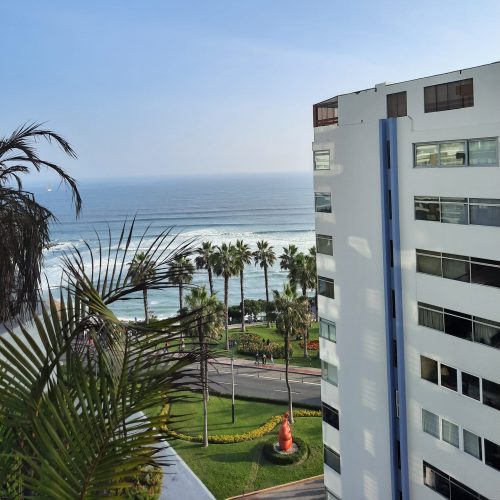
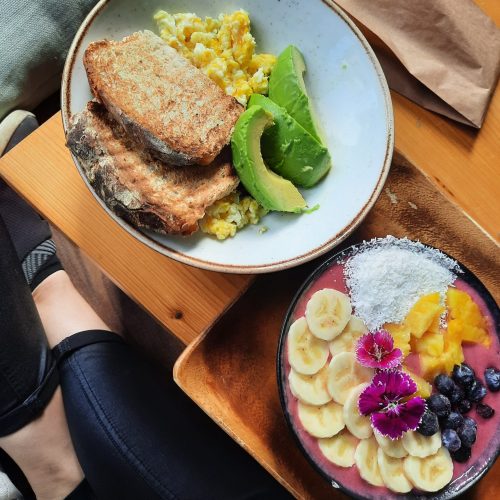
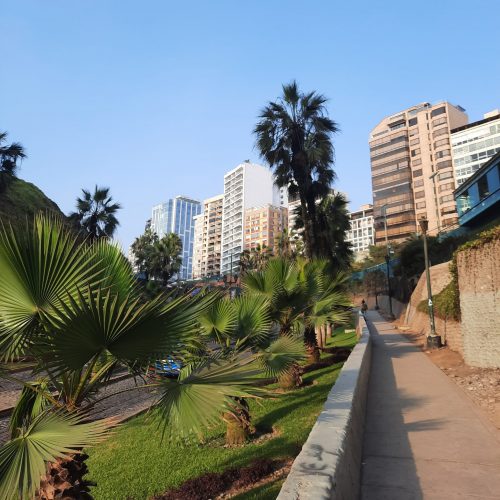
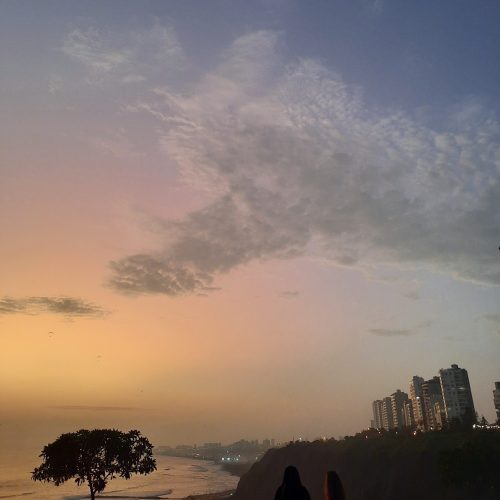
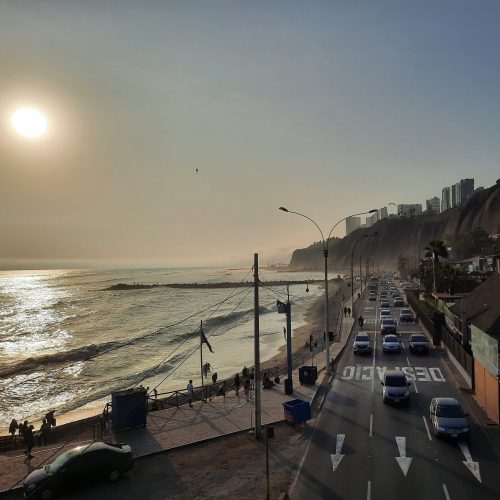

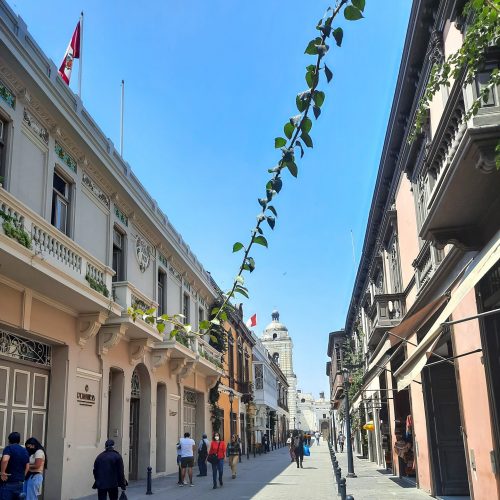
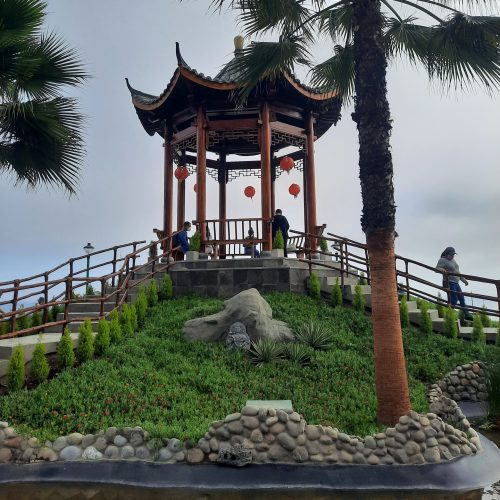
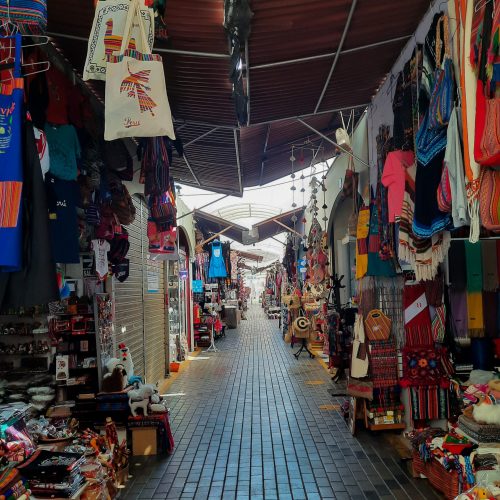
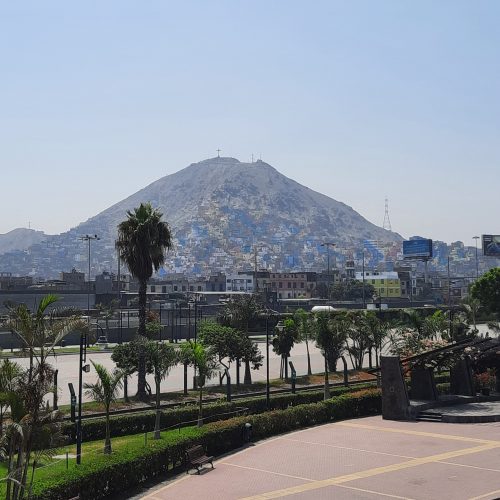
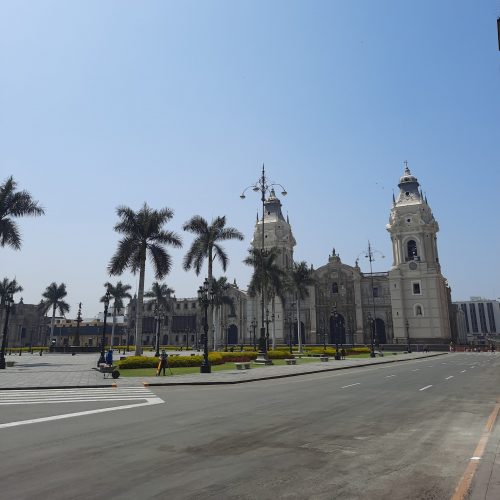
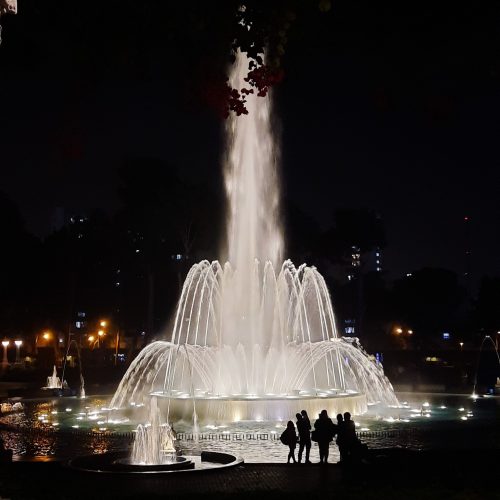
I hope this guide gave you inspiration for your journey through Peru. You can head to my Travel Tips blog articles to see some tricks for getting around Peru by bus, what to be careful of and how to pack. You can also head to my Instagram and watch the Highlight “Perù”.



